The Leading Edge: February 2022 Wind Energy Newsletter
In this edition, wind energy research grows with NREL tools, leadership, and collaborative events.
News Stories
No Longer Lite, REopt Supports Wind Energy Research
Once called REopt Lite, NREL's free, open-source tool is dropping the “Lite” in 2022 to better reflect its true status as a heavy-hitting and comprehensive optimization tool that helps users identify energy systems for buildings, campuses, communities, and microgrids that incorporate wind energy and other renewable energy sources to meet clean energy goals.
Previously, REopt's capabilities enabled users to optimize for wind energy and offered developers the capability to plan hybrid wind energy plants. The tool was used to help NREL and General Electric evaluate whether adding storage to utility-scale wind farms could improve power plant economics.
Now, with funding from the U.S. Department of Energy’s Wind Energy Technologies Office (WETO), REopt has helped NREL wind energy researchers identify U.S. regions with the renewable energy resources to support the most reliable wind-solar hybrid power plants.
Learn about NREL's wind energy tools.
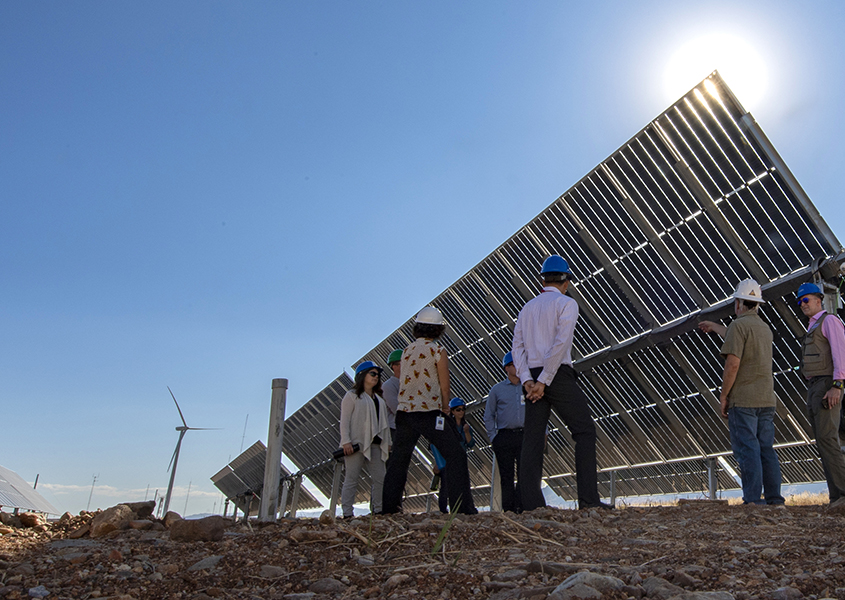
Behind the Blades
Taking NREL's Wind Energy Research Into the Future
Johney Green, NREL’s associate lab director for Mechanical and Thermal Engineering Sciences, started at NREL in 2016. He oversees several scientific research areas—including wind energy.
“Wind is the biggest contributor to the United States' renewable energy mix, and NREL's wind energy expertise is world class,” said Johney. “Wind energy can improve energy equity in urban and rural underserved communities by providing jobs and low-cost electricity.”
One of Johney’s first achievements was growing and evolving the laboratory's “wind site,” home of the National Wind Technology Center. This resulted in a new name—Flatirons Campus—that reflects the site’s evolution from a single focus on wind energy to a campus that integrates multiple renewable energy technologies that will enable a decarbonized grid.
“The transition from the National Wind Technology Center to the Flatirons Campus was more than just a name change,” Johney said. “It signified an expansion toward becoming the world’s only multimegawatt-scale research facility dedicated to advancing a comprehensive range of renewable energy technologies and systems and their integration onto the electricity grid.”
The expanded campus also made the Advanced Research on Integrated Energy Systems (ARIES) research platform possible, enabling the research needed to meet the complex energy challenges of the future.
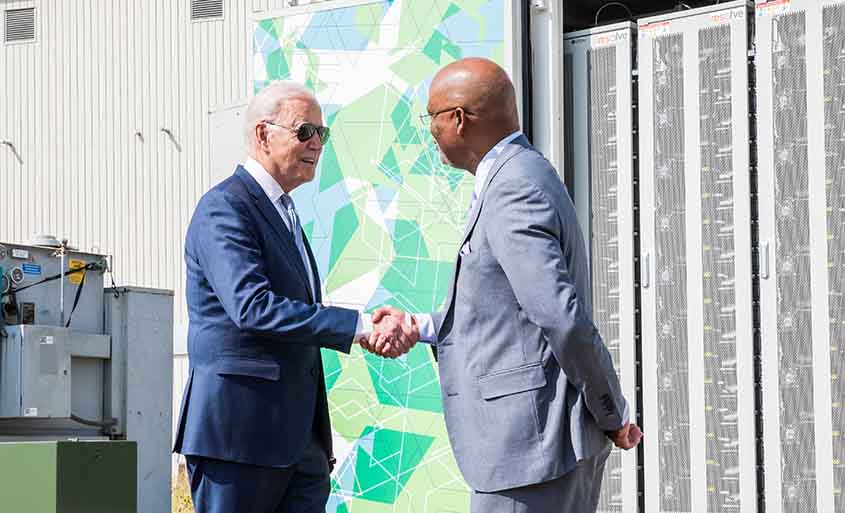
Wind energy research has shifted toward commercialization since Johney joined NREL, driven by the Biden administration’s focus on clean energy.

“NREL's wind energy research has had a direct impact on commercialization throughout the United States,” Johney said. “Our researchers have responded brilliantly to the change in direction from early-stage research to getting wind turbines in the ground and providing more renewable, home-grown energy for our communities.”
Johney supports not only NREL research but also its researchers. He has helped several young researchers grow their NREL careers. These include Roderick Jackson, NREL's laboratory manager for buildings research, who just received the prestigious Black Engineer of the Year STEM Award.
He also serves on the GEM Consortium's board of directors. GEM is a network of corporations, laboratories, and research institutions that helps underrepresented minorities leap over barriers to earn advanced degrees in engineering and science. Through GEM, Johney received a fellowship that enabled him to complete his masters and doctoral degrees while working at Oak Ridge National Laboratory.
The GEM Consortium, which just received a White House grant to continue its work, symbolizes Johney's vision for a just energy future in which people of all backgrounds can—and must—play an important role.
On the Radar
Upcoming Event: Wind Energy Standards Summit
The U.S. wind energy community is invited to join the annual 2022 Standards Summit to discuss issues on the various international and domestic standards and certification efforts in the industry. Building on the strong interest that the U.S. wind energy industry has demonstrated in past summits, NREL is hosting a virtual meeting that will consist of two 3-hour meetings on March 29 and 30, 2022. Based on stakeholder feedback, the organizers have decided to continue to evolve the summit toward a more topical approach by addressing current issues on standards under active development.
Learn more and register for the wind energy standards webinar via Zoom.
Upcoming Webinar: Eagles and Wind Energy
On March 29, 2022, NREL researchers will present recent progress in the development and validation of new eagle behavioral models, highlighting applications for wind power plant siting and operations. Following the presentations, we will have a question-and-answer session to solicit feedback on model capabilities and future directions, followed by a hands-on working session for those interested in exploring the models.
Learn more and register for the eagles and wind energy webinar via Zoom.
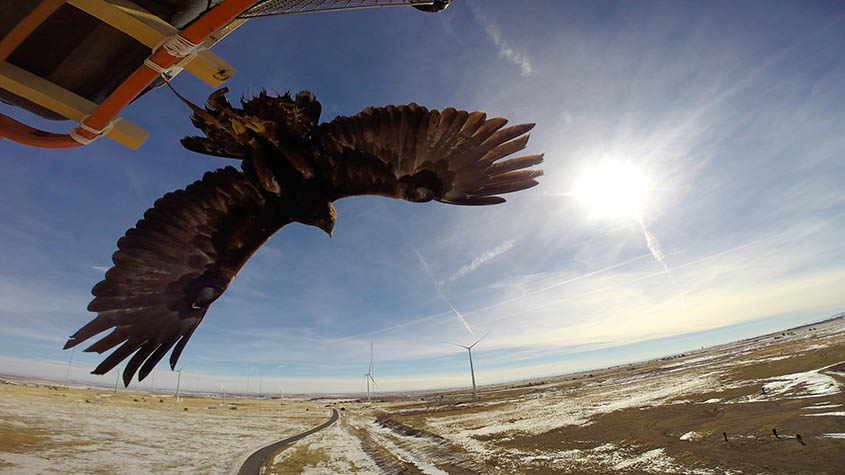
Downwind: In Case You Missed It
Webinar Recording: Bird and Bat Interactions With Offshore Wind Energy
For the third webinar as part of the U.S. Offshore Wind Synthesis of Environmental Effects Research project, which is co-lead by NREL and Pacific Northwest National Laboratory at the direction of WETO, NREL wind energy researcher Cris Hein spoke about interactions between bats and birds with offshore wind turbines, including studies on wildlife behavior around wind power plants and technologies that can improve monitoring and mitigation.
Watch the bird and bat webinar recording and read the slides to learn more.
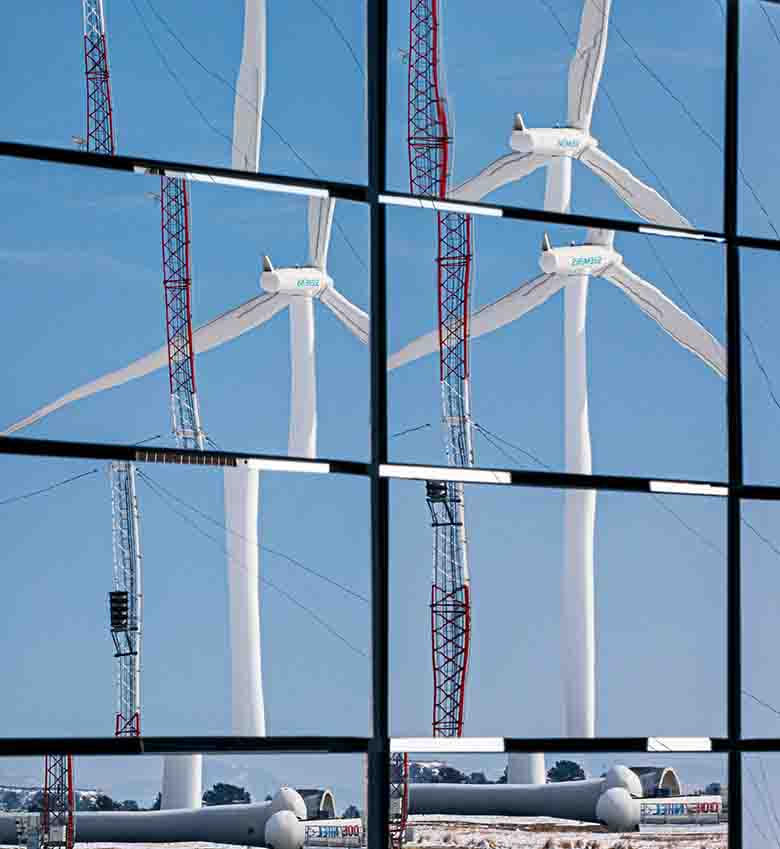
NREL Releases Report on Energy Storage
An NREL team has released a report, funded in part by WETO, that evaluates the future potential of U.S. energy storage. Not only did it find that energy storage would have great value to a reliable grid, but it also noted that diverse energy sources could contribute to that storage, for example, by capturing solar power during the daytime and charging with wind energy at night. The report also noted that high levels of energy storage increases the efficiency of different types of generation assets by reducing overgeneration from photovoltaics and wind.
Read the Storage Futures Study report.
NREL in the News
NREL Integrates Intertrust Climate and Weather API To Enhance Wind Energy Analytics Software, Ocean News (2022)
NREL Enhances Wind Energy Analytics Software With Intertrust API, North American Wind Power (2022)
National Renewable Energy Laboratory (NREL) Integrates Intertrust Climate and Weather API To Enhance Wind Energy Analytics Software, CISION PR Newswire (2022)
Landmark Demonstration Shows How Common Wind Turbine Can Provide Fundamental Grid Stability, Alternate Energy Magazine (2022)
NREL Tests Type-3 Turbines Using Grid-Forming Controls, Power Engineering International (2022)
Wind Power Works a Miracle and Is Already Capable of Giving Stability to the Grid Like Other Synchronous Technologies, El Periodico de la Energía (2022)
Orbital Composites Installs Robotic Manufacturing System at NREL for Wind Turbine Blade Research, Composites World (2022)
New GE Supersize Welding Tech Leads Winners of U.S. $3.5M Boost for Offshore Wind Ramp-Up, Recharge News (2022)
Louisiana Sets 5 GW Offshore Wind Target in Its First-Ever Climate Action Plan, OffshoreWIND.biz (2022)
Publications
Wind and Solar Hybrid Power Plants for Energy Resilience
As the U.S. electric grid modernizes and incorporates more renewable energy, ensuring reliability is paramount. One way to improve reliability is by diversifying distributed sources of energy so that if one fails during an extreme weather event or supply dwindles, another can sub in, preventing outages. This may explain why hybrid power plants that produce solar power and wind energy, and store energy for cloudy or still days, are a growing proportion of development projects. In the past, studies have investigated the best sites for such plants to maximize output but not those that produce the most consistent output. Now, a new NREL study funded by WETO has produced a complementary analysis that can identify U.S. areas best suited for solar-wind-storage hybrid plant resiliency as part of the multiyear Microgrids, Infrastructure Resilience, and Advanced Controls Launchpad project, supported by WETO and in partnership with Pacific Northwest National Laboratory, Sandia National Laboratories, and Idaho National Laboratory. The results, which were produced using NREL’s Wind Integration National Dataset Toolkit, REopt®, and the Hybrid Optimization and Performance Platform, as well as the National Aeronautics and Space Administration’s Prediction of Worldwide Energy Resources, indicate that the Great Plains, Midwest, and Southeast regions are well suited for development of plants that combine wind turbines, photovoltaics, and storage, though the season and time of day are important factors. Future work to gather additional data could help reduce uncertainty and allow this model to better analyze more complex terrains and areas with limited high-resolution resource datasets (e.g., Alaska).
Blade Planform Design Optimization To Enhance Wind Turbine Wake Control
Optimizing wind turbines' ability to create clean, renewable energy from moving air requires thoughtful blade design to best capture that energy, similar to the crafting of airplane wings. However, unlike airplanes, wind turbines are often situated near one another in power plants. Wind spins the blades of the first turbine in an array but then deviates around the physical obstacle, producing a wake that generates a different level of power from the turbine downwind. Wind power plant optimization efforts have explored methods to overcome this issue by altering plant-level layouts and implementing control strategies, such as wake steering (turning turbines). In a new WETO-supported study, researchers at NREL have now used blade design to further enhance the overall performance of a plant implementing these steering controls rather than designing blades to optimize power production for a single turbine without wake steering. The team tested four blade designs using midfidelity computational fluid dynamics to demonstrate multiple possibilities to improve performance. These case studies maximize wake deflection, kinetic energy entrainment, or total plant power, and with the help of NREL’s WindSE open-source code, they were able to simulate up to 3.6% increase in power production in their case studies. These new blade designs are substantially different from standard configurations and point to a new and exciting area of further research.
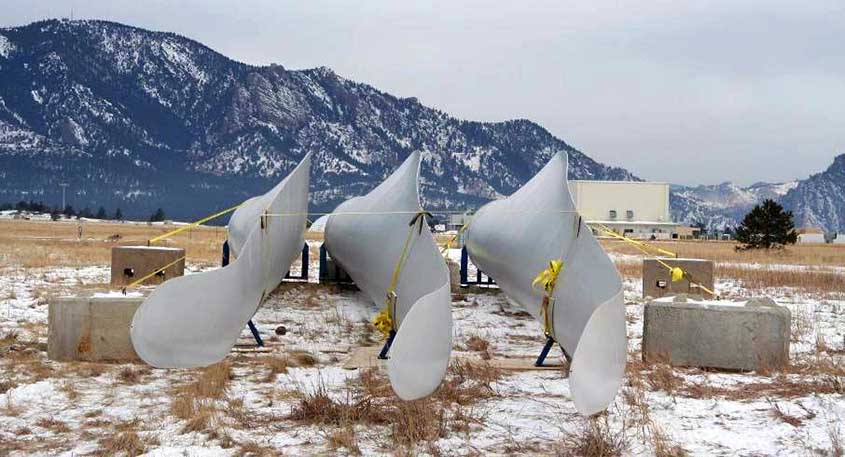
OC6 Phase Ia: CFD Simulations of the Free-Decay Motion of the DeepCwind Semisubmersible
Currently, designers of floating offshore wind systems develop their designs using mid-fidelity design tools based on simplified physical models with empirical drag forces. Tuning the model coefficients requires data from experiments. NREL researchers explored using high-fidelity simulations to support model coefficient tuning in place of costly physical experiments. The team performed a verification and validation study of computational fluid dynamics (CFD) models of the DeepCwind semisubmersible undergoing free-decay motion. This research, which was conducted under the International Energy Agency Wind Task 30 framework with WETO support, demonstrates the feasibility of using CFD simulations to acquire reliable data for tuning mid-fidelity models, which can help reduce the time and cost of floating wind design innovation.
Want More?
Subscribe to The Leading Edge newsletter, and explore the latest news and accomplishments in wind energy at NREL.
Share

